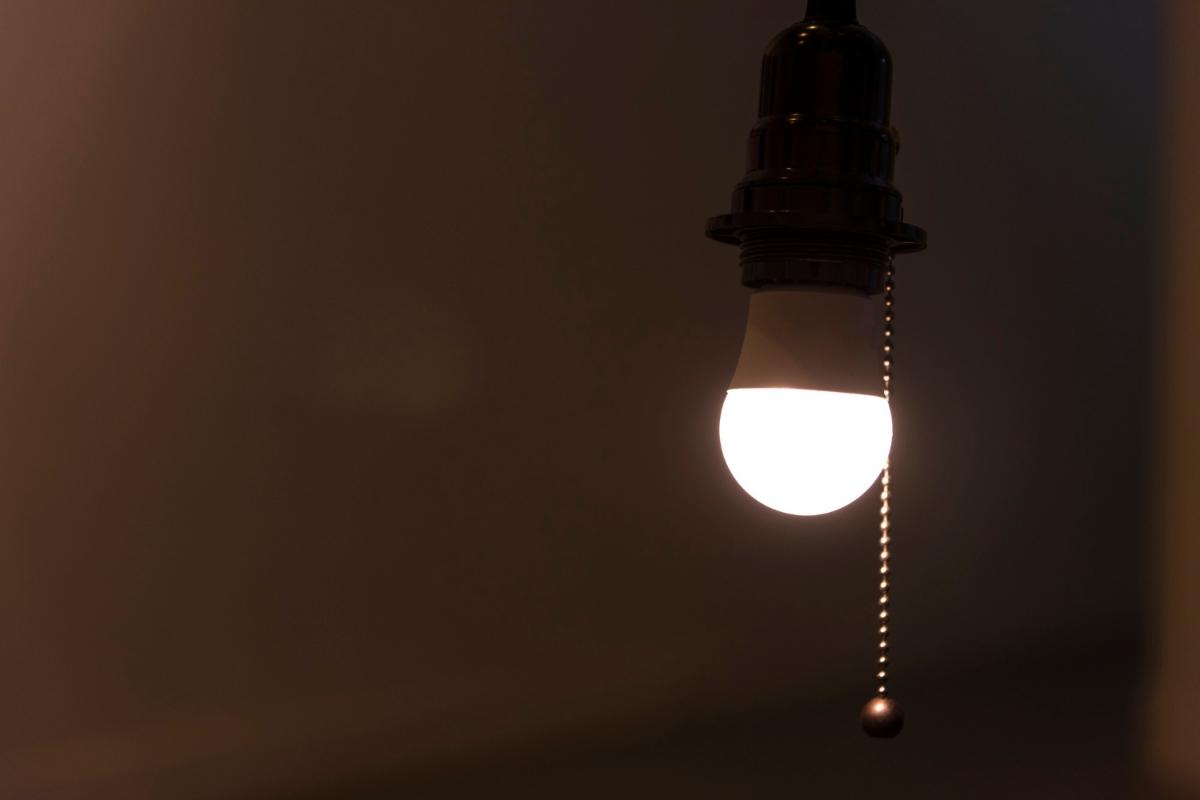5 Types of Light Bulbs

The first light bulb was invented in 1879, manufacturers have started making six different types of lightbulbs. Understanding these various types may help you the next time that you need to replace one in your home or apartment.
Incandescent Light Bulbs
Incandescent light bulbs work by heating an element inside of them. These light bulbs that are slowly being phased out come in a variety of sizes. You may want to consider avoiding buying these because they are not friendly to your electric bill as only five percent of the energy they consume is returned as light. They are also very warm, so if you have enough of them burning, you may have to lower the temperature of your thermostat even more during the summer months.
Compact Fluorescent
These curved bulbs use between 20 and 33 percent of the energy that incandescent light bulbs do to produce the same amount of light. The lifetime of these lightbulbs is reduced significantly when they are turned off and on regularly. They also produce less light as they age. You can find these options in a variety of different Kelvin temperature settings with those having a lower number producing a softer light while those having a higher number resemble daylight.
Light-emitting Diodes
Often called LED bulbs, this option is about 90 percent more energy efficient than incandescent light bulbs. They operate by passing an electrical current through a microchip illuminating a tiny light source. While incandescent and compact fluorescent options send light out in many different directions, LED lights send it out in only one direction. Therefore, before making the switch to LED lights make sure that your light fixture. These can be great options for table lamps where you want the light to shine in one location, but they are usually not the best choice for overhead lights where you want the light to light an entire room.
High-intensity Discharge
High-intensity discharge lightbulbs are normally used in commercial settings where it is important to light a large area and in streetlights. They do not contain filaments, but they are filled with light-producing sodium or mercury vapor. These are usually not found in the home environment because they take a while to heat up until the full strength of their light is produced. Secondly, their light is either very cool or very warm, so they are generally not aesthetically pleasing.
Linear- fluorescent
Linear fluorescent light bulbs come in a variety of different shapes, so it is important to choose one fitting the lamp or light that it is used in exactly. They require a light that has a ballast in it, and changing the ballast may require you to call an electrician in Apopka, FL.
When you want to add new lights to your home, then call Spectrum Electric at 407-880-8977. This team sincerely wants to be your go-to electrician in Apopka, FL.
